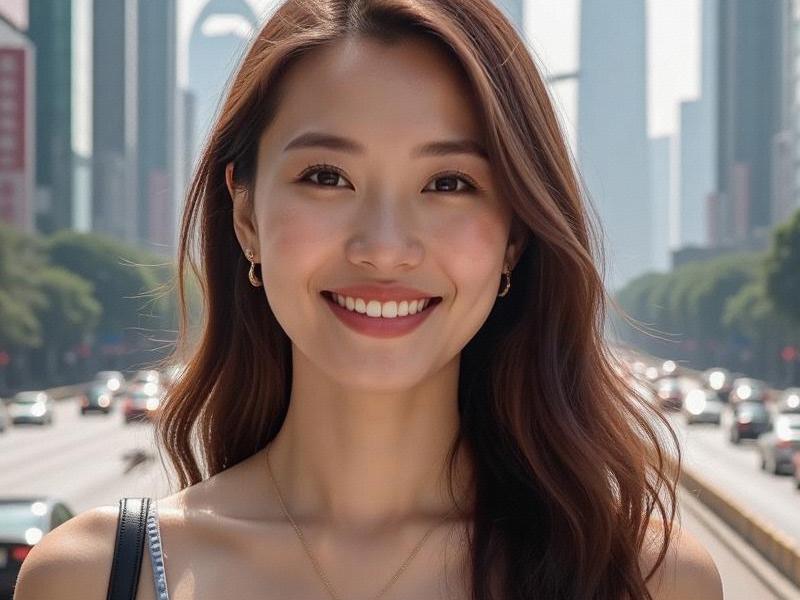This in-depth feature explores how Shanghai women are reshaping Chinese beauty standards through a unique blend of Eastern traditions and global influences.

The Shanghai Style Revolution: Redefining Modern Chinese Femininity
I. Historical Foundations of Shanghai Beauty
1. 1920s-1940s: The Golden Age
- Qipao fashion revolution
- Western cosmetics adoption
- Celebrity style icons
2. Socialist Era Transformations
- Practical beauty standards
- Minimalist aesthetics
- Political influences
II. Contemporary Beauty Landscape
1. Cosmetic Industry Boom
- Local brand innovations
- K-beauty adaptations
- High-tech skincare
上海龙凤419
2. Fashion Ecosystem
- Independent designer scene
- Sustainable fashion movement
- Digital influencer culture
III. Cultural Identity Expression
1. Modern Qipao Revival
- Contemporary reinterpretations
- Streetwear fusion
- Youth adoption trends
2. Hybrid Style Philosophies
- East-West makeup techniques
- Traditional motif modernization
- Cultural confidence movements
IV. Economic and Social Impact
爱上海419
1. Beauty Economy Statistics
- $3.2B annual cosmetics market
- 42% premium brand growth
- Employment sector analysis
2. Feminist Perspectives
- Career beauty standards
- Ageism challenges
- Body positivity movements
V. Comparative Regional Analysis
1. Versus Beijing
- More experimental styles
- Stronger international influences
- Faster trend adoption
2. Versus Hong Kong
上海龙凤419 - More diverse aesthetics
- Stronger local identity
- Better value consciousness
VI. Future Development Trends
1. Technology Integration
- AR beauty apps
- AI skincare analysis
- Virtual fashion shows
2. Sustainability Shift
- Clean beauty movement
- Package-free stores
- Ethical sourcing
Conclusion: The Shanghai Aesthetic Export
As Shanghai women continue to develop their distinctive style identity, the city is increasingly becoming a global beauty trendsetter, demonstrating how traditional Chinese values can harmonize with modern cosmopolitanism.